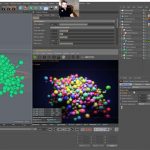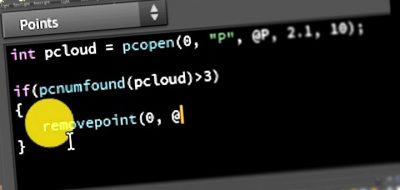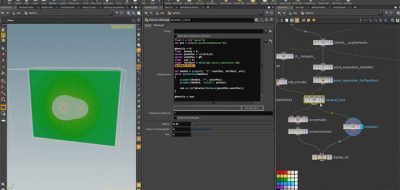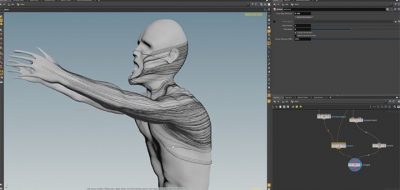A new site, Entagma, promises a fresh a collection of resources that cover advanced skills in computer graphics. Entagma is the labors of Manuel Cassola Merkle and Moritz Schwind. Under the short bio for Manuel, it mentions that he “likes to dive deep into the ins & outs of contemporary CG research”. This seems to be verifiably true, watching his latest tutorial that shows you how to create geometry with VEX within Houdini.
Did you ever wonder how to create polygons and polylines through code in Houdini?
Manuel covers the theory behind how a computer and application stores information for geometry — Something that is great to know, if you wish to recreate it. This tutorial is a great walkthrough for the entire process for creating geometry with VEX, in a wrangle. In the end, there is a practical application of the theory which shows how to create a “plexus” type of effect, connecting neighboring points with poly-lines.
. . But you have to know some things about the way Houdini organizes and stores geometry in memory. In this tutorial Manuel will walk you through the process of creating geometry with VEX in a wrangle. After some theory he’ll show you how to generate a closed polygon. Then you’ll learn how to connect neighbouring points with polylines to create a “plexus” style effect.
It’s a straightforward concept that covers the basic sequence of geometry creation:
- Create the points with addpoint()
- Create an empty primitive to later store the connectivity information
- Add as many vertices as you like with addvertex() to the primitive
- Update the point references, these vertices are storing






